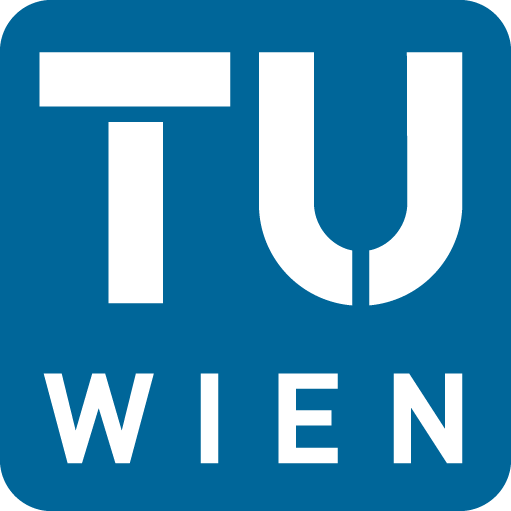Biocatalysis, an advancing field within the domain of green chemistry, harnesses natural catalysts, such as enzymes, to catalyze chemical reactions. Cyanobacteria emerge as promising hosts for whole-cell biocatalysis, offering a rich environment for relevant processes due to their photoautotrophic metabolism, which provides valuable cofactors, reducing power and oxygen. Moreover, their unique ability to utilize light energy and CO2 as a carbon source presents a promising platform for a sustainable production process. However, despite substantial progress in recent years, performance and productivity still need to catch up with the yields achieved with highly established heterotrophic hosts. Therefore, this thesis aims to exploit the great potential of cyanobacteria, in particular, Synechocystis sp. PCC 6803 (Syn. 6803), and tackles fundamental challenges restricting their performance. In the first project, we aimed to harness Syn. 6803 for a multi-step cascade, focusing on a well-characterized biocatalytic pathway. This pathway involved the direct conversion of limonene to chiral carvolactone in a four-step process, catalyzed by the four enzymes cumene dioxygenase (CumDO), an alcohol dehydrogenase (RR-ADH), an enoate reductase (XenB) and a Baeyer-Villiger monooxygenase (CHMOAcineto or CHMOmut). In order to estimate the performance of the individual enzymes in the new expression host, we initially expressed the enzymes individually. Here, however, we encountered only moderate to no expression levels for the individual enzymes in Syn. 6803, limiting their overall performance. Among the investigated enzymes, only the Baeyer-Villiger Monooxygenases CHMOAcineto and CHMOmut demonstrated activity. The ability to produce the enzymes of interest in situ is an inherent advantage of whole-cell biocatalysts. However, its ability to produce sufficient levels also defines the overall process performance. In cyanobacteria, the overexpression of recombinant enzymes has been a significant limitation for biocatalytic performances, which we also had to encounter within this first project. Therefore, in our second project, we developed a strategy to tackle this challenge: optimize biocatalyst expression and, by this, their biocatalytic performance. While still pursuing the ultimate objective of realizing a multi-step cascade, we replaced the inactive enzymes from the previous attempt with new, more promising candidates. We investigated three enzymes: a ketoreductase LfSDR1M50, an enoate reductase YqjM, and a Baeyer-Villiger monooxygenase CHMOmut. By implementing a high-throughput approach, we generated large-scale expression libraries of our biocatalysts comprising 504 combinations based on distinct promoters, ribosome binding sites (RBSs), and a genetic insulator known as RiboJ. To facilitate high-throughput analysis, these enzymes were tagged with the reporter protein sfGFP. This tagging strategy enabled efficient monitoring of enzyme expression via fluorescence, streamlining the entire characterization process. Namely, by using a combination of fluorescence-activated cell sorting and deep sequencing, we identified improved expression designs of our target biocatalysts fast and straightforwardly.When analyzing these optimized expression strains for their biocatalytic performance, we could see improved overall biocatalytic activities of these whole-cell biocatalysts. For recombinant Syn. 6803 LfSDR1M50, we achieved up to 39.2 U gCDW-1 towards the substrate 4-methylcyclohexanone. Optimized YqjM strains yielded 58.7 U gCDW-1 for converting 2-cyclohexen-1-one to cyclohexanone. Moreover, improved recombinant CHMOmut strains achieved activities of 7.3 U gCDW-1 for the production of ε-caprolactone from cyclohexanone, respectively. Additionally, this study provided detailed insights into the performance of distinct expression tools. Unlike conventional tool characterization studies that primarily utilize reporter proteins, our approach offered a comprehensive understanding of tool performance in various genetic contexts. While the native Pcpc560 promoter, known for its robust expression in Syn. 6803, demonstrated the highest expression levels, our findings revealed that its constitutive strong expression was not universally advantageous. In the case of the enzyme CHMOmut, moderate promoters proved more effective in addressing stability issues. RBSs also played a crucial role in mediating expression, with RBS14, RBS11, and RBS12 – all three native RBSs from Syn. 6803 (rbcL, cpcB, and psbA2 respectively) – yielding on average the best outcomes across the distinct genetic contexts within our study. Finally, we investigated RiboJ, a genetic insulator that showed promising performances in previous studies. Our findings indicated an overall positive impact of RiboJ on gene expression, albeit context-dependent.In a final project, we applied the knowledge gained from this study and successfully applied it to co-express the three investigated enzymes (LfSDR1M50, YqjM, and CHMOmut) to catalyze a 3-step cascade from 2-cyclohexan-1-ol to ε-caprolactone. Within Syn. 6803 wildtype, the cascade achieved an overall activity of 4.8 U gCDW-1. This activity was significantly enhanced to 9.9 U gCDW-1 by utilizing a flv1Δ knockout Syn. 6803 strain, which improves the supply of the crucial cofactor NADPH (for details, refer to Master’s thesis of Christian Waltl). In conclusion, this work outlines an overall strategy to efficiently improve cyanobacterial whole-cell biocatalysts by optimizing the expression of specific biocatalysts. By enhancing expression levels and understanding tool performance, we pave the way for rational cascade design, addressing key challenges in whole-cell biocatalysis. Lastly, the high-throughput characterization approach used in this study can be leveraged for further studies on genetic tools in cyanobacteria or extended to other cyanobacterial host strains. As cyanobacterial research requires significant progress in Synthetic Biology and new strain developments, acceleration and improved high-throughput approaches are highly needed.



